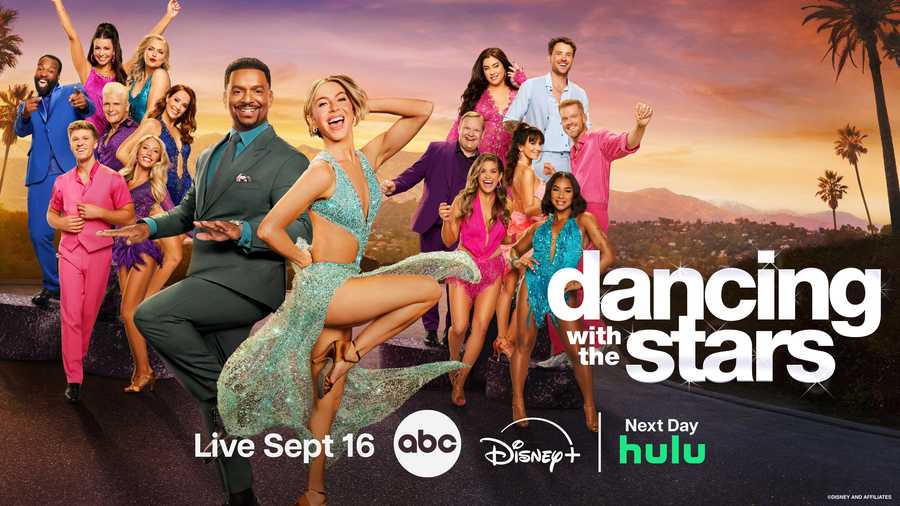I walked into The Wild Robot with a lot of curiosity. I’d seen the buzz about it, but I didn’t know if it would live up to the hype. What I got was a beautifully animated film that was far more heartfelt than I expected, and it stuck with me long after the credits rolled. What’s interesting about The Wild Robot is that, at its core, it’s a simple story about connection, survival, and what it means to be alive, but it manages to tell this story in a way that feels both intimate and grand at the same time.
Pedro Pascal, the voice of the fox, brought such a dynamic energy to the film. He infused his character with a sense of playfulness and depth that kept me invested throughout. The fox serves as a guide and companion to the robot, and Pascal’s performance was effortlessly charming. It’s a credit to him that a character who could easily have been one-dimensional instead became someone I genuinely cared about. The character of the fox is what you would assume a fox to be, crafty, smart-mouthed, and deceiving, but he soon becomes a character of trust, someone who really cares not only for himself but also cares for his newfound family more than that of himself.
But I can’t ignore the fact that some of the dialogue felt a bit lackluster at times. There were moments where I found myself wishing the writing had the same depth and nuance that the visuals and performances did. Some lines were too on the nose, as if the script didn’t trust the audience to pick up on the subtleties of the story. While it wasn’t enough to take me out of the film, there were definitely instances where the dialogue could’ve used a bit more polish. With a story like this, you don’t always need to spell everything out. The beauty is often in what’s left unsaid.
Despite that, the story itself was engaging, especially in how it unfolds. The Wild Robot avoids many of the clichés we see in modern animated films, and I think that’s where its strength lies. It doesn’t rush through its emotional beats or try to overload you with jokes. Instead, it takes its time, letting the audience soak in the environment and the characters. The world-building was immersive, and I loved how the animators used the setting to enhance the narrative. The island felt like its own character, teeming with life, danger, and beauty. The animation style was gorgeous, not too flashy, but still rich with detail and texture that made the world feel lived-in.
What’s even more impressive is how well it performs on the emotional front without needing to rely on big, flashy set pieces or exaggerated character arcs. The story is rooted in something much deeper. The robot’s journey of self-discovery, as simple as it might seem, resonates because it taps into universal themes of isolation, belonging, survival, and ultimately, what it means to be human, even when you’re not. There’s a quiet power in the way the film approaches these themes, and it’s clear that a lot of thought went into making the emotional beats feel earned rather than forced.
What really makes The Wild Robot stand out, though, is the fact that it’s not part of a franchise or building on pre-existing material. In a time where so many animated films are either sequels or part of massive cinematic universes, The Wild Robot feels like a breath of fresh air. This isn’t a familiar story with characters we’ve known for years. It’s an original narrative, and that alone makes it feel bold. The film industry, especially animation, has gotten into a pattern where studios are constantly chasing the next big franchise or the next familiar IP to capitalize on. But here, we have something different: a film that dares to take a chance on a new script, with new characters, and it absolutely works.
This is the kind of risk that studios need to take more often. By backing an independent script like The Wild Robot, the filmmakers proved that audiences are hungry for originality. Not everything has to be tied to a bigger universe, and not everything needs a sequel. Sometimes, what we crave is a well-told, standalone story that makes us feel something. And that’s exactly what this film delivers.
In a way, The Wild Robot feels like a return to form for animation as an art form, reminding us that these films can be more than just high-octane entertainment for kids. This is a story that can resonate with both younger and older audiences alike by crafting compelling visuals that will help to retain the younger audience with a truly heartfelt story that can meld with older audiences and keep them engaged just as much as if not more than younger ones, and that’s a rare achievement. It’s not bogged down by trying to appeal to everyone all at once, but instead focuses on telling a strong, cohesive story. And that’s what makes it so important for the genre.
If studios take anything away from the success of The Wild Robot, it should be that there’s room for more of this kind of storytelling in animation. We don’t need every film to be part of a larger franchise, and we don’t need to keep revisiting the same characters over and over again. It’s the new, untested stories that can end up having the biggest impact. The Wild Robot is proof that audiences are willing to show up for originality, and I hope it inspires more studios to take a chance on independent scripts in the future.
If you enjoyed this review, check out our other latest one by Samuel Royce The Legends of Vox Machina Season 3 Review
Cover Design by Sarah Benedict @ssarahg




















